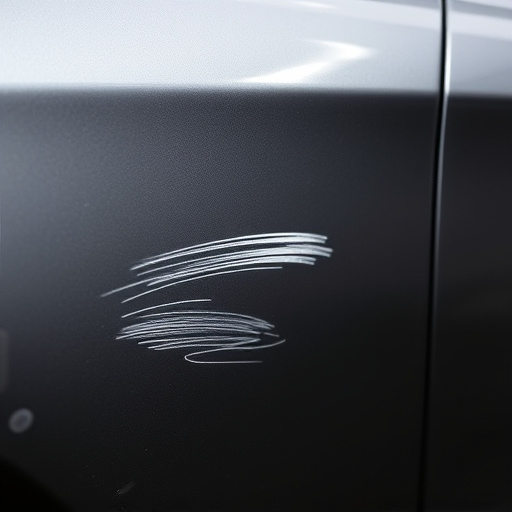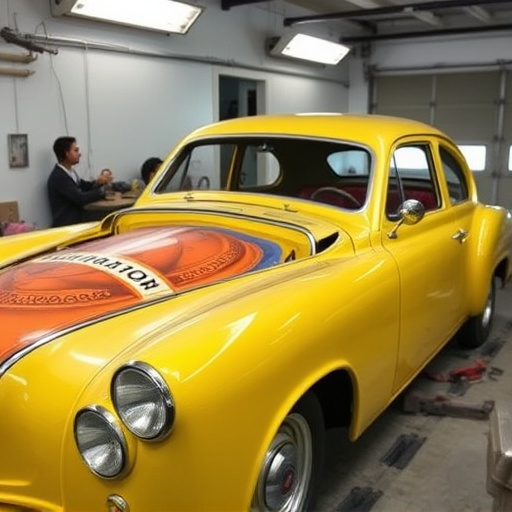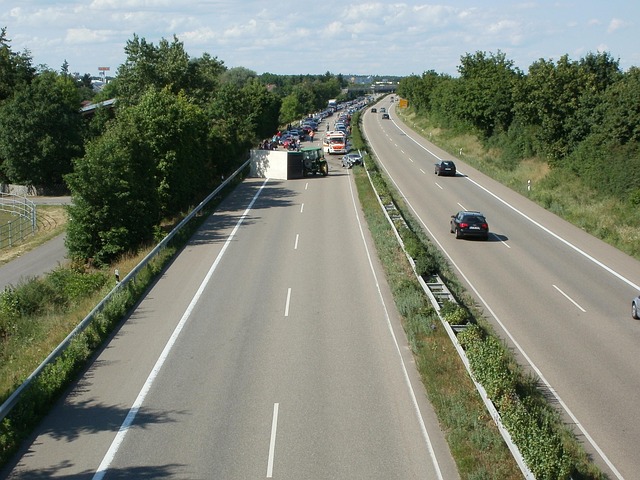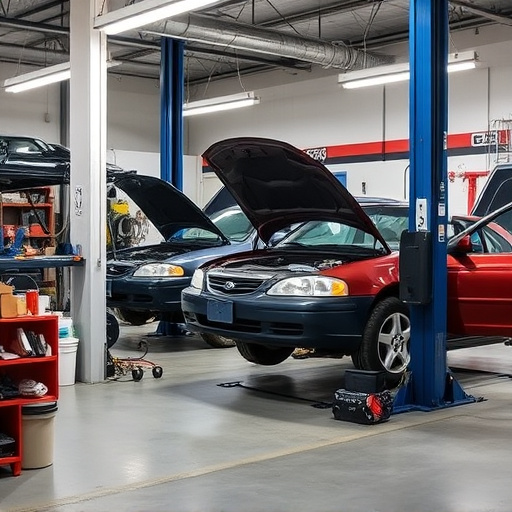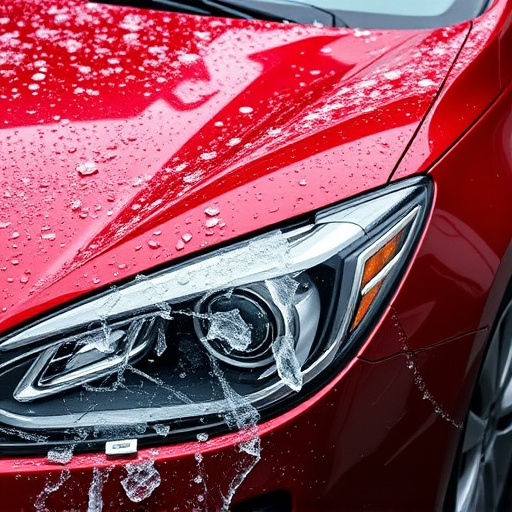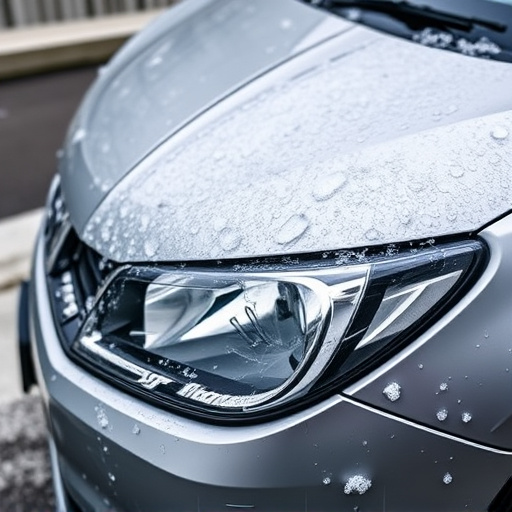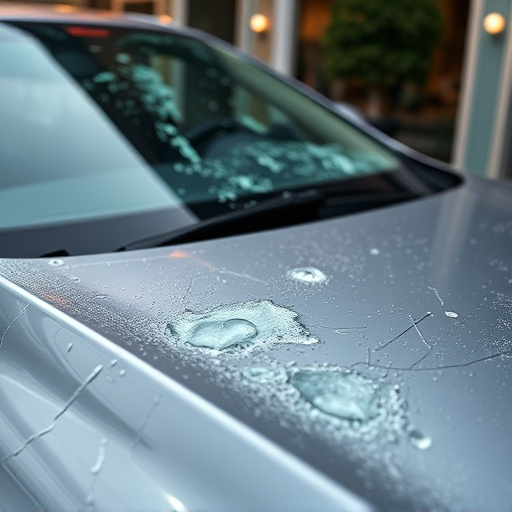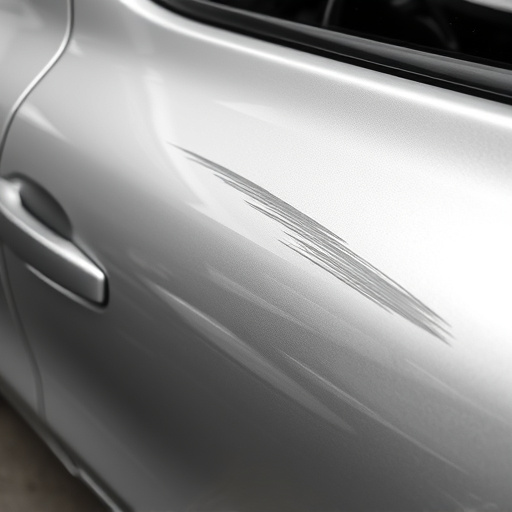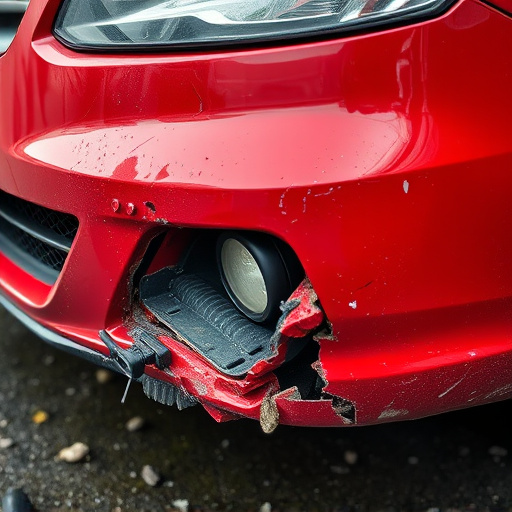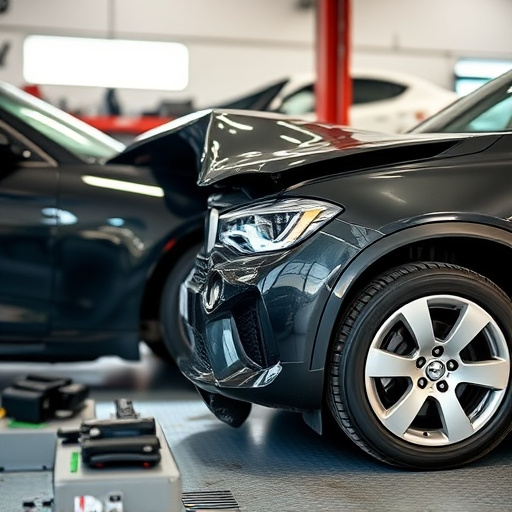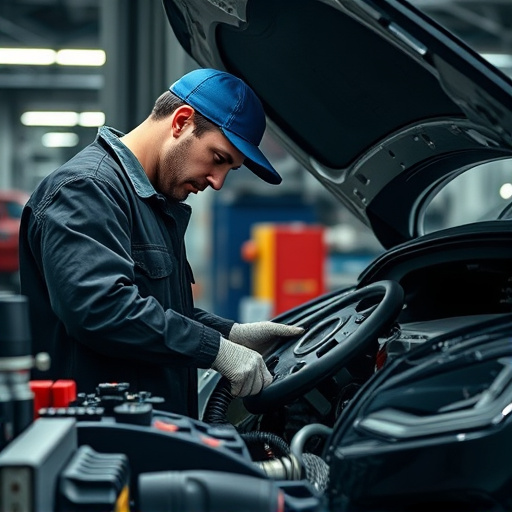For minor to moderate collision damage, detailing offers a swift, cost-effective solution focusing on cosmetic repairs like painting and polishing, preserving vehicle value without extensive engine or interior work. Full restoration, weeks to months longer, involves structural fixes and upgrades but is for those willing to invest in a complete makeover. Choose detailing for quick repair and budget savings.
After a collision, do you repair and detail your vehicle or completely recondition it? This article explores the pros and cons of each approach. We break down cost comparisons, timeframes, visual impacts, and resale value considerations to help you make an informed decision. Discover which option delivers the best bang for your buck while ensuring your vehicle looks and performs like new again. Learn about detailing after collision and when full reconditioning is necessary.
- Cost Comparison: After Collision vs Reconditioning
- Timeframe and Efficiency of Each Process
- Visual Impact and Resale Value Considerations
Cost Comparison: After Collision vs Reconditioning

When comparing the costs of repairing a vehicle after a collision versus a full restoration, it’s essential to consider the financial implications and potential long-term savings. A detailed look at these two options reveals distinct differences in pricing.
For minor to moderate dents and scratches caused by a collision, opting for detailing services can be a cost-effective solution. This process involves repairing and restoring the damaged areas, making them virtually invisible. Compared to a full car restoration, which can be a complex and expensive undertaking, especially for classic cars, detailing after a collision offers a more affordable option. While a complete restoration may include engine work, body panel replacement, and a full interior overhaul, detailing focuses on cosmetic repairs, making it a smart choice for those seeking a quick fix without breaking the bank.
Timeframe and Efficiency of Each Process

Detailing after a collision offers a quicker turnaround time compared to full vehicle reconditioning. While it primarily focuses on restoring the affected areas, this process can be completed in as little as a few days, depending on the extent of the damage. It involves repairing or replacing damaged parts, touching up car paint services, and ensuring all external and internal components are functional again. This method is efficient for minor to moderate collisions, aiming to get your vehicle back on the road swiftly without extensive transformation.
On the other hand, full vehicle reconditioning is a more comprehensive and time-consuming process that involves a complete restoration or upgrade of the entire car. It encompasses not just auto body repairs but also replacing worn-out parts, upgrading sound systems, and sometimes even enhancing performance. This meticulous approach can take several weeks to months, ensuring every detail is perfect. While it offers an exceptional transformation, the extended timeframe is a significant consideration for those needing their vehicle quickly.
Visual Impact and Resale Value Considerations
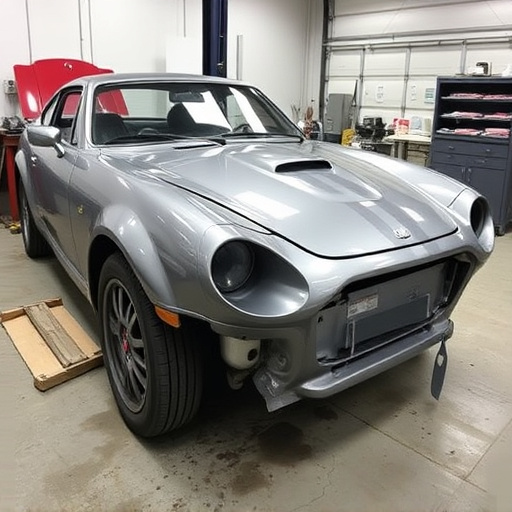
After a collision, one of the primary concerns for any vehicle owner is the visual impact and potential loss in resale value. Even with minor dents and dings, these issues can significantly affect how a car looks and its overall appeal to potential buyers. Detailing after collision involves repairing and restoring these cosmetic imperfections, ensuring the vehicle retains its pre-accident attractiveness. This process includes tasks like painting, patching, and polishing, which can make even the most damaged cars look like new again.
A full vehicle reconditioning, on the other hand, goes beyond aesthetics and addresses structural damage, mechanical issues, and interior wear. While it aims to restore the car to its original condition, it’s often more expensive and time-consuming than detailing alone. For vehicles with severe collision damage, a complete rebuild might be necessary, which can impact resale value significantly. However, for less extensive accidents, opting for detailing after collision can be a cost-effective solution that preserves or even enhances the vehicle’s marketability without incurring the full costs of a comprehensive reconditioning.
When considering the best approach post-collision, opting for detailed collision repair offers a cost-effective solution without sacrificing vehicle resale value. While full reconditioning is appealing for its comprehensive rejuvenation, the significant expenses and lengthy timeline make it less feasible for many drivers. A thorough detailing after collision effectively addresses visible damage, ensuring your vehicle retains its aesthetic appeal and market value, all while providing a more budget-friendly alternative to a complete overhaul.
